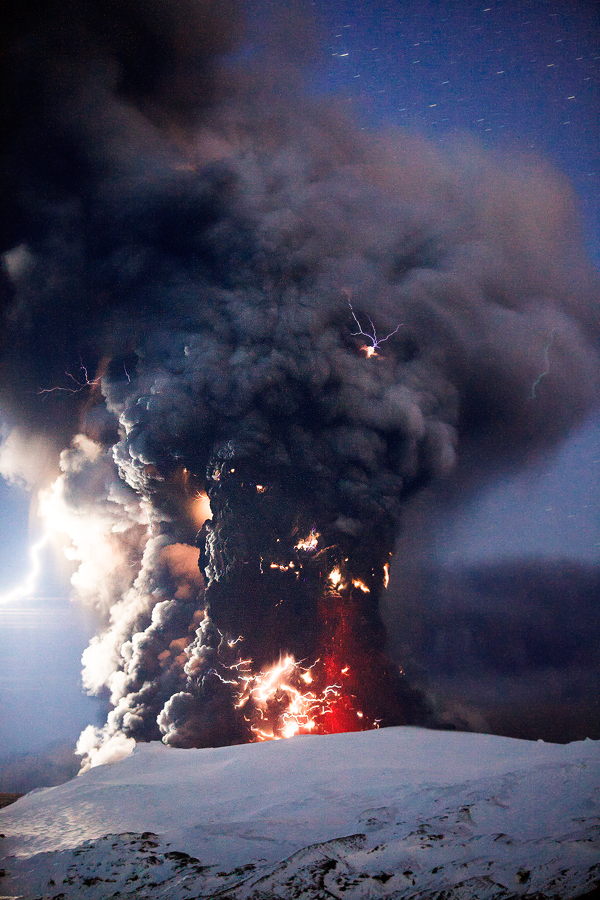Subglacial Volcanoes on:
[Wikipedia]
[Google]
[Amazon]






 A subglacial volcano, also known as a glaciovolcano, is a volcanic form produced by
A subglacial volcano, also known as a glaciovolcano, is a volcanic form produced by
Volcanoes of Canada: Types of volcanoes
Accessed Jan. 8, 2006 {{DEFAULTSORT:Subglacial Volcano * Glaciovolcanism





 A subglacial volcano, also known as a glaciovolcano, is a volcanic form produced by
A subglacial volcano, also known as a glaciovolcano, is a volcanic form produced by subglacial eruption
Subglacial eruptions, those of ice-covered volcanoes, result in the interaction of magma with ice and snow, leading to meltwater formation, jökulhlaups, and lahars. Flooding associated with meltwater is a significant hazard in some volcan ...
s or eruptions beneath the surface of a glacier or ice sheet which is then melted into a lake by the rising lava. Today they are most common in Iceland and Antarctica; older formations of this type are found also in British Columbia and Yukon Territory, Canada.
During the eruption, the heat of the lava from the subglacial volcano melts the overlying ice. The water quickly cools the lava, resulting in pillow lava shapes similar to those of underwater volcanoes. When the pillow lavas break off and roll down the volcano slopes, pillow breccia, tuff breccia, and hyaloclastite form. The meltwater may be released from below the ice as happened in Iceland in 1996 when the GrÃmsvötn caldera erupted, melting 3 km3 of ice and giving rise to a large glacial lake outburst flood.
The shape of subglacial volcanoes tends to be quite characteristic and unusual, with a flattened top and steep sides supported against collapse by the pressure of the surrounding ice and meltwater. If the volcano eventually melts completely through the ice layer, then horizontal lava flows are deposited, and the top of the volcano assumes a nearly level form. However, if significant amounts of lava are later erupted subaerial In natural science, subaerial (literally "under the air"), has been used since 1833,Subaerial
in the Merriam ...
ly, then the volcano may assume a more conventional shape. In Canada the volcanos have been known to form both conical and nearly level shapes. The more distinctly flat-topped, steep-sided subglacial volcanoes are called tuyas, named after in the Merriam ...
Tuya Butte
Tuya Butte is a tuya in the Tuya Range of north-central British Columbia, Canada. It is a bit less isolated from other ranges than neighbouring Mount Josephine. Some of the other volcanoes in the area include South Tuya, Ash Mountain, and Math ...
in northern British Columbia by Canadian geologist Bill Mathews
William Henry Mathews (1919–2003) was a Canadian geologist, volcanologist, engineer, and professor. He is considered a pioneer in the study of subglacial eruptions and volcano-ice interactions in North America. Many of his publications continu ...
in 1947. In Iceland, such volcanoes are also known as table mountains
Table may refer to:
* Table (furniture), a piece of furniture with a flat surface and one or more legs
* Table (landform), a flat area of land
* Table (information), a data arrangement with rows and columns
* Table (database), how the table data ...
.
Jökulhlaups
Subglacial eruptions often cause jökulhlaups or great floods of water. In November 1996 the GrÃmsvötn Volcano beneath the Vatnajökull ice sheet erupted and caused a Jökulhlaup that affected more than and destroyed or severely damaged several bridges. Sonia Esperanca, program director in the National Science Foundation commented on the danger of subglacial volcanoes: "When an ice-covered volcano erupts, the interplay among molten magma, ice and meltwater can have catastrophic results."Antarctica eruption
In January, 2008, theBritish Antarctic Survey
The British Antarctic Survey (BAS) is the United Kingdom's national polar research institute. It has a dual purpose, to conduct polar science, enabling better understanding of global issues, and to provide an active presence in the Antarctic on ...
(Bas) scientists led by Hugh Corr and David Vaughan, reported (in the journal Nature Geoscience) that 2,200 years ago, a volcano erupted under the Antarctica ice sheet (based on airborne survey with radar images). The biggest eruption in the last 10,000 years, the volcanic ash was found deposited on the ice surface under the Hudson Mountains
The Hudson Mountains are a mountain range in western Ellsworth Land just east of Cranton Bay and Pine Island Bay at the eastern extremity of Amundsen Sea. They are of volcanic origin, consisting of low scattered mountains and nunataks that prot ...
, close to Pine Island Glacier.
On Mars
Many scientists believe that liquid water exists many kilometers below the surface of Mars, but at this point in time it is impossible to drill to those depths with the rovers in existence. Meredith Payne and Jack Farmer of Arizona State University have studied images from the Viking and Mars Orbiter cameras in search of possible sub-glacial volcanoes that could carry microbes to the surface.Ice cores
It is possible to track catastrophic subglacial volcano eruptions in time with the analysis of ice cores such as the Vostok core. Subglacial volcanic eruptions are identified by layers of high concentrations of NO and SO.See also
*Subglacial eruption
Subglacial eruptions, those of ice-covered volcanoes, result in the interaction of magma with ice and snow, leading to meltwater formation, jökulhlaups, and lahars. Flooding associated with meltwater is a significant hazard in some volcan ...
* Subglacial mound
* Underwater volcano
* Tuya
* Tindur
* Subglacial caldera
Subglacial means "formed, or occurring beneath a glacier or other body of ice". It may refer to:
* Subglacial eruption
* Subglacial lake
A subglacial lake is a lake that is found under a glacier, typically beneath an ice cap or ice sheet. Subgl ...
* 1996 eruption of Gjálp
Gjálp () is a hyaloclastite ridge (tindar) in Iceland under the Vatnajökull glacier shield. It originated in an eruption series in 1996 and is probably part of the GrÃmsvötn volcanic system,Snæbjörn Guðmundsson: ''VegavÃsir um jarðfrà ...
References
Volcanoes of Canada: Types of volcanoes
Accessed Jan. 8, 2006 {{DEFAULTSORT:Subglacial Volcano * Glaciovolcanism